Diamonds could be a brilliant climate solution
Dust from the precious gems might be the planet's best friend

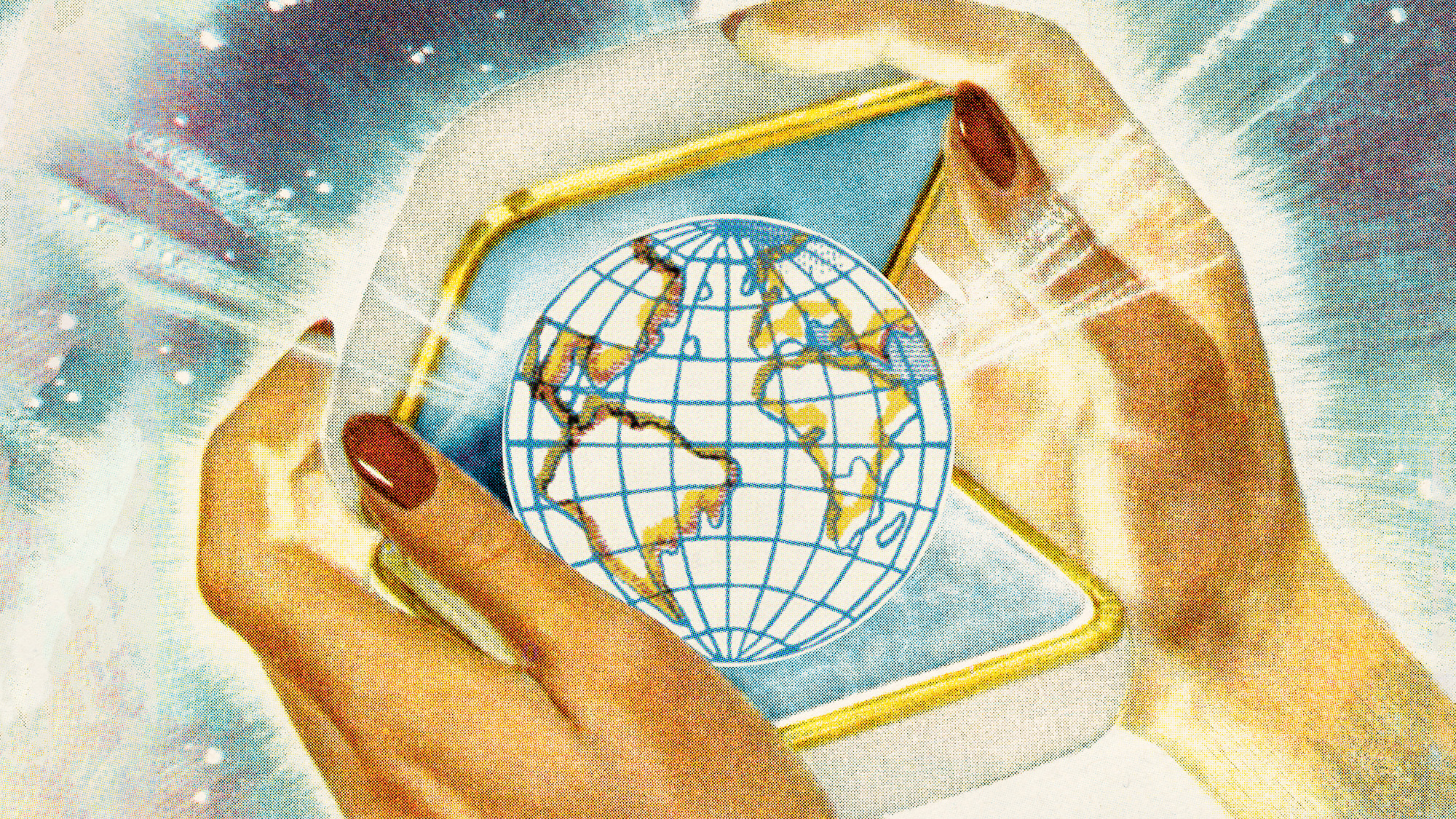
The Earth needs to chill and showering it in bling could be the way to do it. Scientists are interested in depositing diamond dust into the atmosphere in order to reflect sunlight and cool down the planet. Though using diamond could be more effective and safer than using other particles, the price may not allow the feasibility of such diamond-tossing.
Reflection in the sky with diamonds
As climate change takes more of a toll on Earth, scientists are considering methods to cool the atmosphere. One method being discussed is a solar geoengineering technique which involves depositing sulfur dioxide particles into the stratosphere to "mimic the natural cooling effects of volcanic eruptions" and reflect solar radiation away from the planet, said Popular Mechanics.
The method would likely reduce Earth's temperature, but it also has some worried about how the particles will affect the atmosphere. Some effects might include potential ozone depletion and acid rain. Experts have now suggested a different particle may be a better option: diamonds, or more specifically, diamond dust.
The Week
Escape your echo chamber. Get the facts behind the news, plus analysis from multiple perspectives.

Sign up for The Week's Free Newsletters
From our morning news briefing to a weekly Good News Newsletter, get the best of The Week delivered directly to your inbox.
From our morning news briefing to a weekly Good News Newsletter, get the best of The Week delivered directly to your inbox.
Injecting diamond particles into the atmosphere could provide the benefits of sulfur dioxide while curbing some of the risks, said a study published in the journal Geophysical Research Letters. Researchers tested seven particles as potential atmospheric aerosols and ranked their suitability based on their heat absorption, reactivity and reflectivity. Another factor is the "tendency for particles to clump or settle while suspended in a fluid like the atmosphere," said Science Alert. "Particles that settle out too quickly may prove ineffective at scattering enough sunlight to cool the planet sufficiently," and those that "clump too easily could trap heat, warming the stratosphere in ways that change air currents or capacity to hold moisture."
Diamond dust "was the most reflective and didn't clump" meaning that it was "effective at settling out over the atmosphere and providing longer-lasting cooling effects," said Popular Mechanics. "Diamonds are also chemically inert, so there'd be no threat of acid rain or another unpredictable reaction." The sulfur particles, on the other hand, ranked second to last because of their tendency to absorb sunlight at certain wavelengths rather than reflect it and its clumpiness.
The price of ice
While diamond dust shows promise, cost is the biggest barrier to implementation. According to the study, 5 million tons of inert diamond dust could potentially cool the planet by almost 1.6 degrees Celsius in 45 years. But, "diamond powder costs are 2,400 times those of sulfur" and "require far more industrial diamond than is currently produced in the world," said a 2020 study published in the journal Environmental Research Letters. The project would cost approximately $175 trillion to execute.
Conversely, sulfur compounds are "basically free," Douglas MacMartin, an engineer at Cornell University, said to Science. "If you ask me today what's going to get deployed, it's gonna be sulfate." Along with the low cost, "sulfur dioxide can also be pumped in large quantities and dispersed quickly through the stratosphere with a few aircraft, whereas solid particles such as diamond would need to be gradually delivered over many flights," Science said. Sulfates have also been studied widely, whereas the risks of diamond dust are still largely unknown.
A free daily email with the biggest news stories of the day – and the best features from TheWeek.com
Others are not sold on the idea of solar geoengineering at all because of the "unforeseen consequences of large-scale implementation" and also think it siphons researchers and funding away from reducing carbon emissions and climate impacts, said Science. Despite this, solar geoengineering "is not going to go away just because we're not talking about it," Shuchi Talati, the executive director of the Alliance for Just Deliberation on Solar Geoengineering, said to Science. "Engaging with it is an opportunity to shape it."
Devika Rao has worked as a staff writer at The Week since 2022, covering science, the environment, climate and business. She previously worked as a policy associate for a nonprofit organization advocating for environmental action from a business perspective.
-
 Nine best TV shows of the year
Nine best TV shows of the yearThe Week Recommends From Adolescence to Amandaland
-
 7 hot cocktails to warm you across all of winter
7 hot cocktails to warm you across all of winterthe week recommends Toddies, yes. But also booze-free atole and spiked hot chocolate.
-
 Video games to tackle this winter, including Marvel Cosmic Invasion and Metroid Prime 4: Beyond
Video games to tackle this winter, including Marvel Cosmic Invasion and Metroid Prime 4: BeyondThe Week Recommends A new entry for the Metroid Prime series makes it out of development hell, plus sequel that brings back the chaotic comedic timing of ‘High on Life’
-
 How climate change is affecting Christmas
How climate change is affecting ChristmasThe Explainer There may be a slim chance of future white Christmases
-
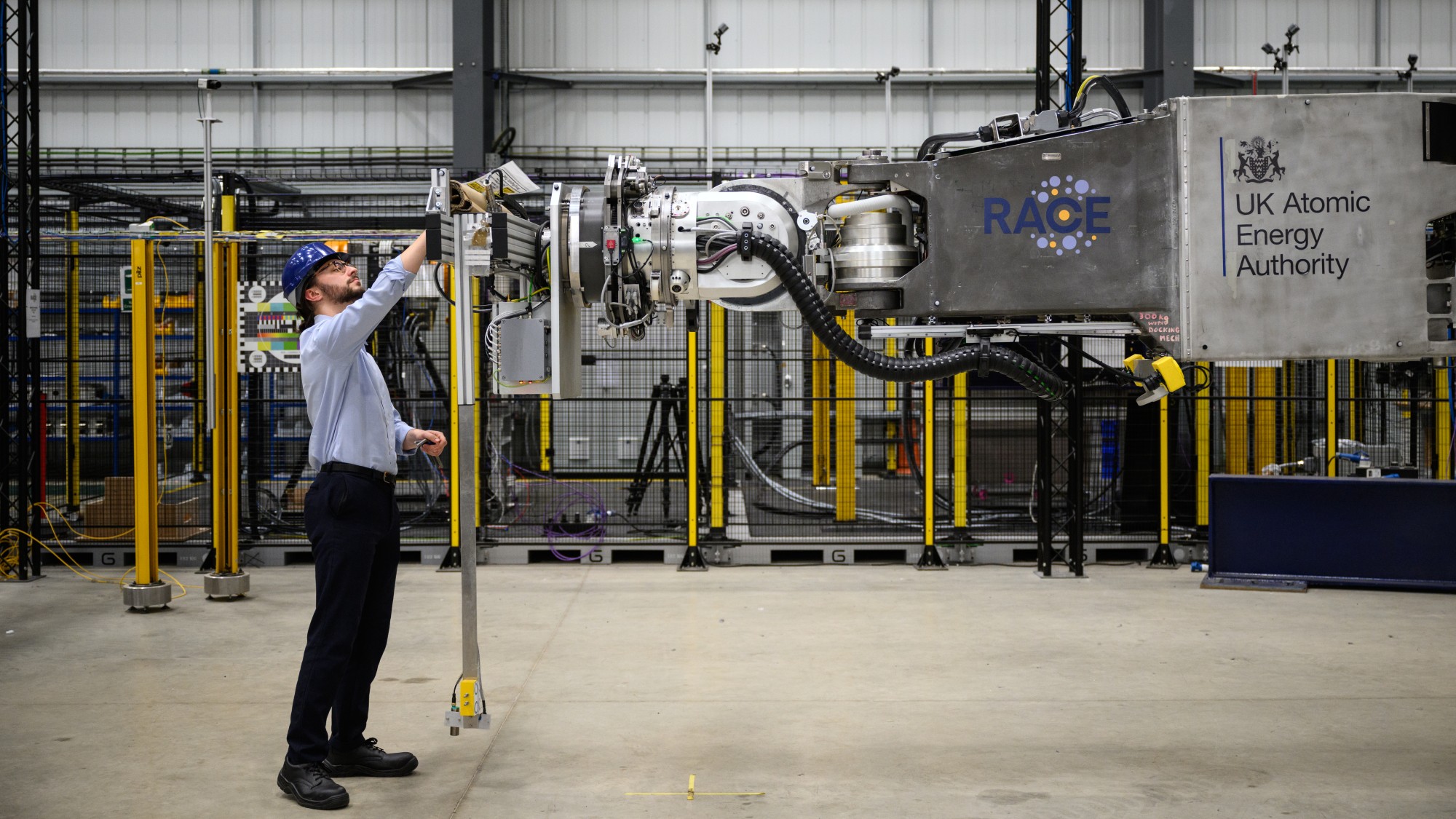 Why scientists are attempting nuclear fusion
Why scientists are attempting nuclear fusionThe Explainer Harnessing the reaction that powers the stars could offer a potentially unlimited source of carbon-free energy, and the race is hotting up
-
 The moon is rusting
The moon is rustingUnder the radar The Earth is likely to blame
-
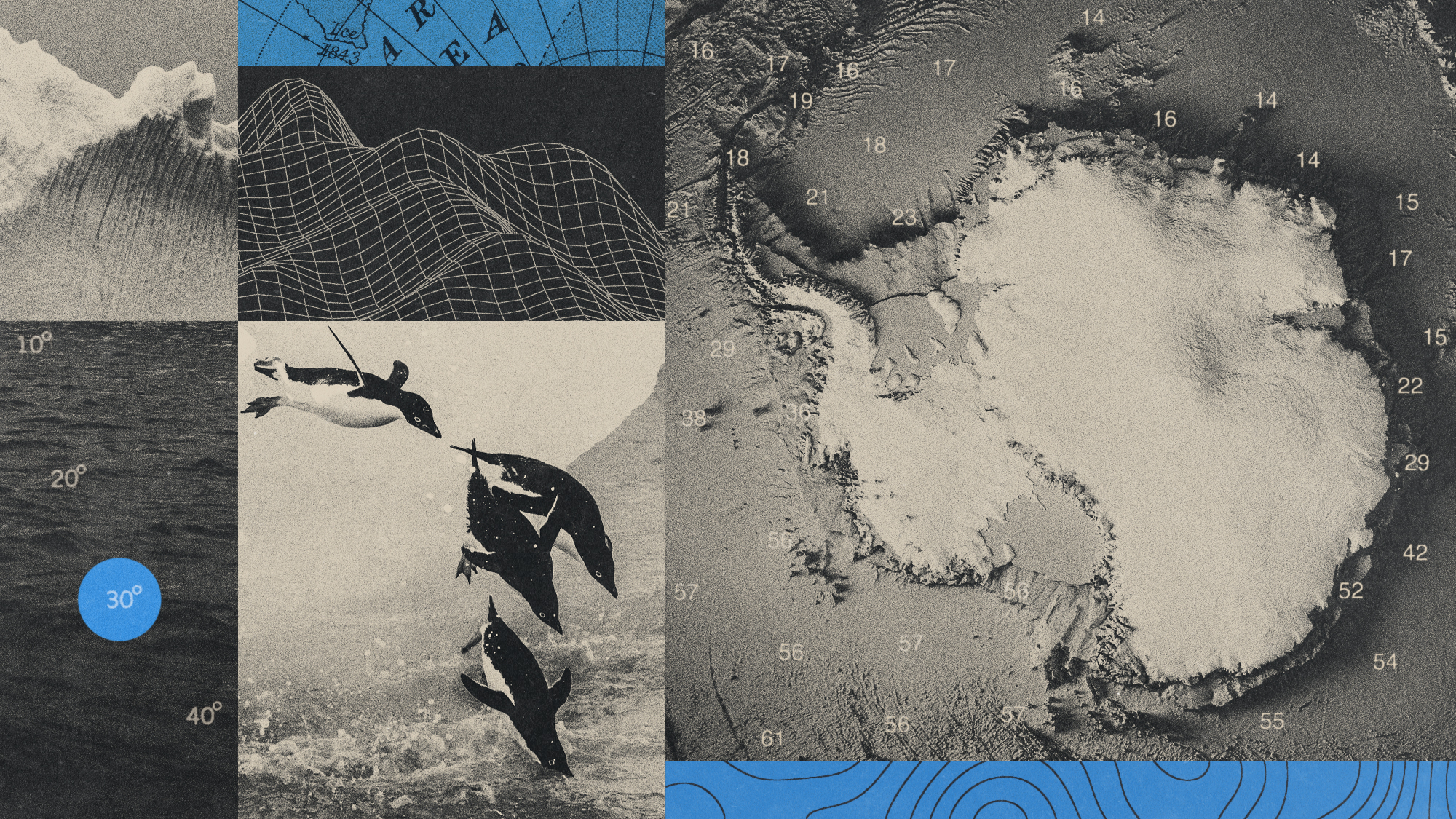 Canyons under the Antarctic have deep impacts
Canyons under the Antarctic have deep impactsUnder the radar Submarine canyons could be affecting the climate more than previously thought
-
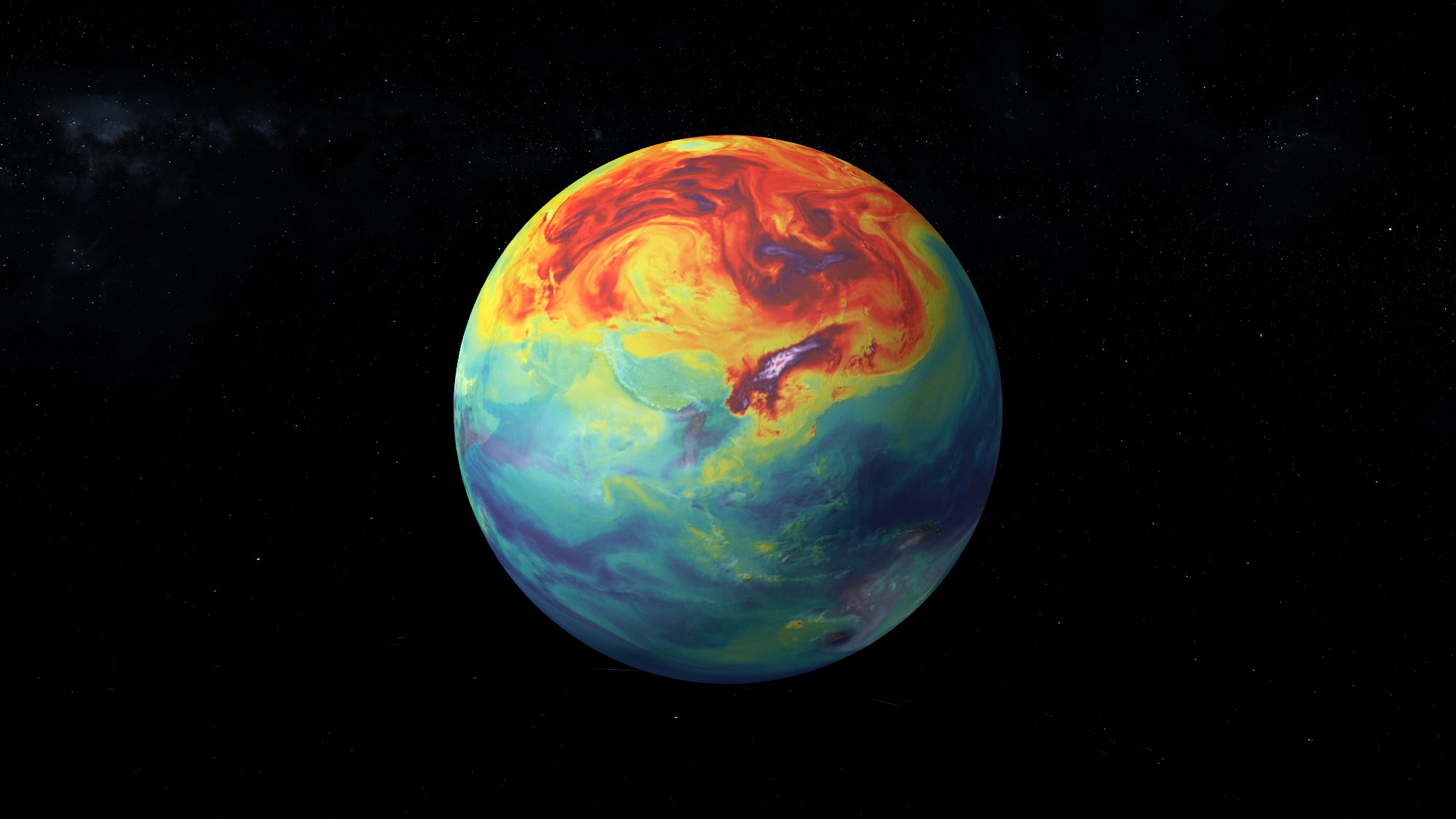 NASA is moving away from tracking climate change
NASA is moving away from tracking climate changeThe Explainer Climate missions could be going dark
-
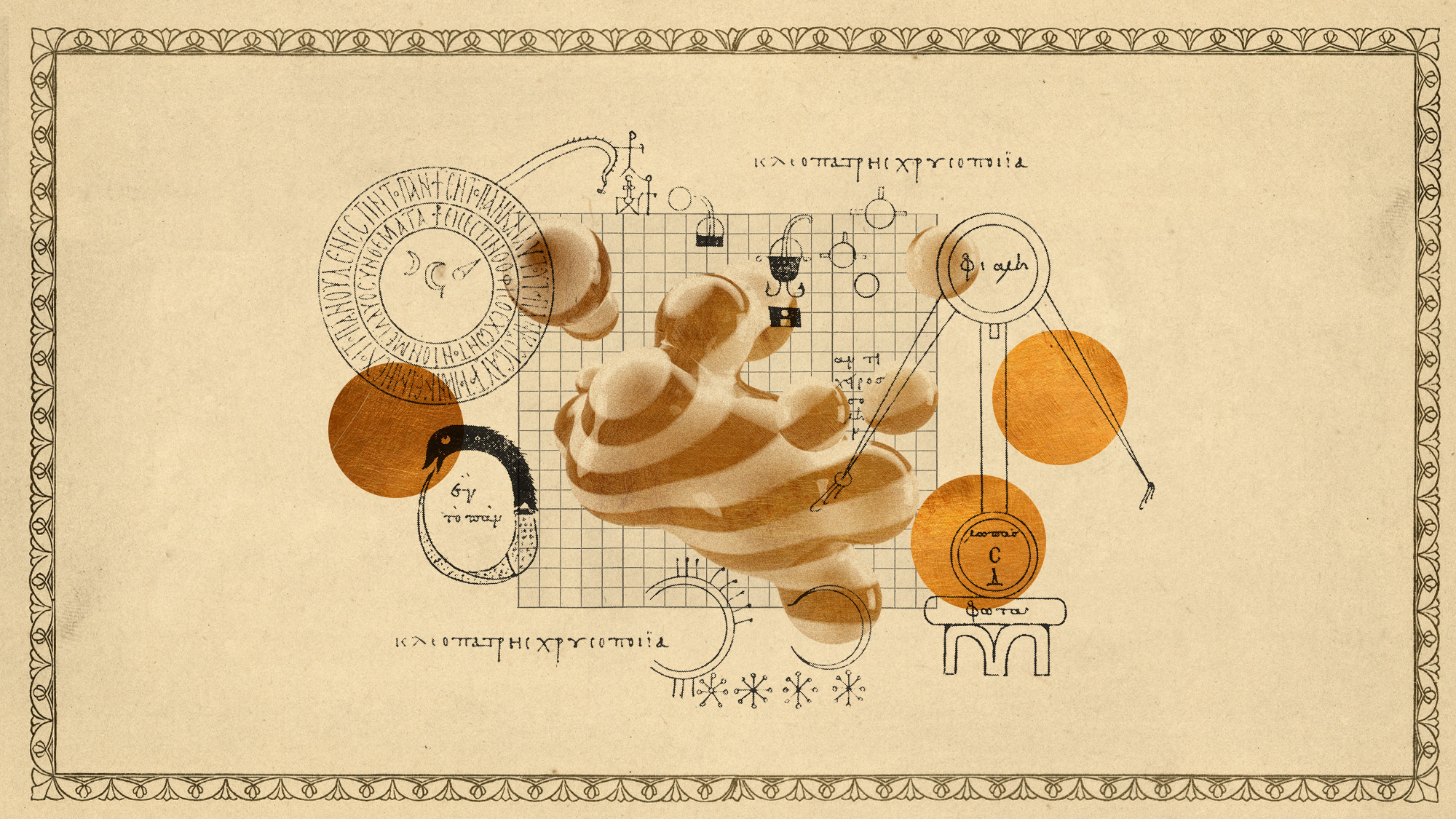 Atoms into gold: alchemy's modern resurgence
Atoms into gold: alchemy's modern resurgenceUnder the radar The practice of alchemy has been attempted for thousands of years
-
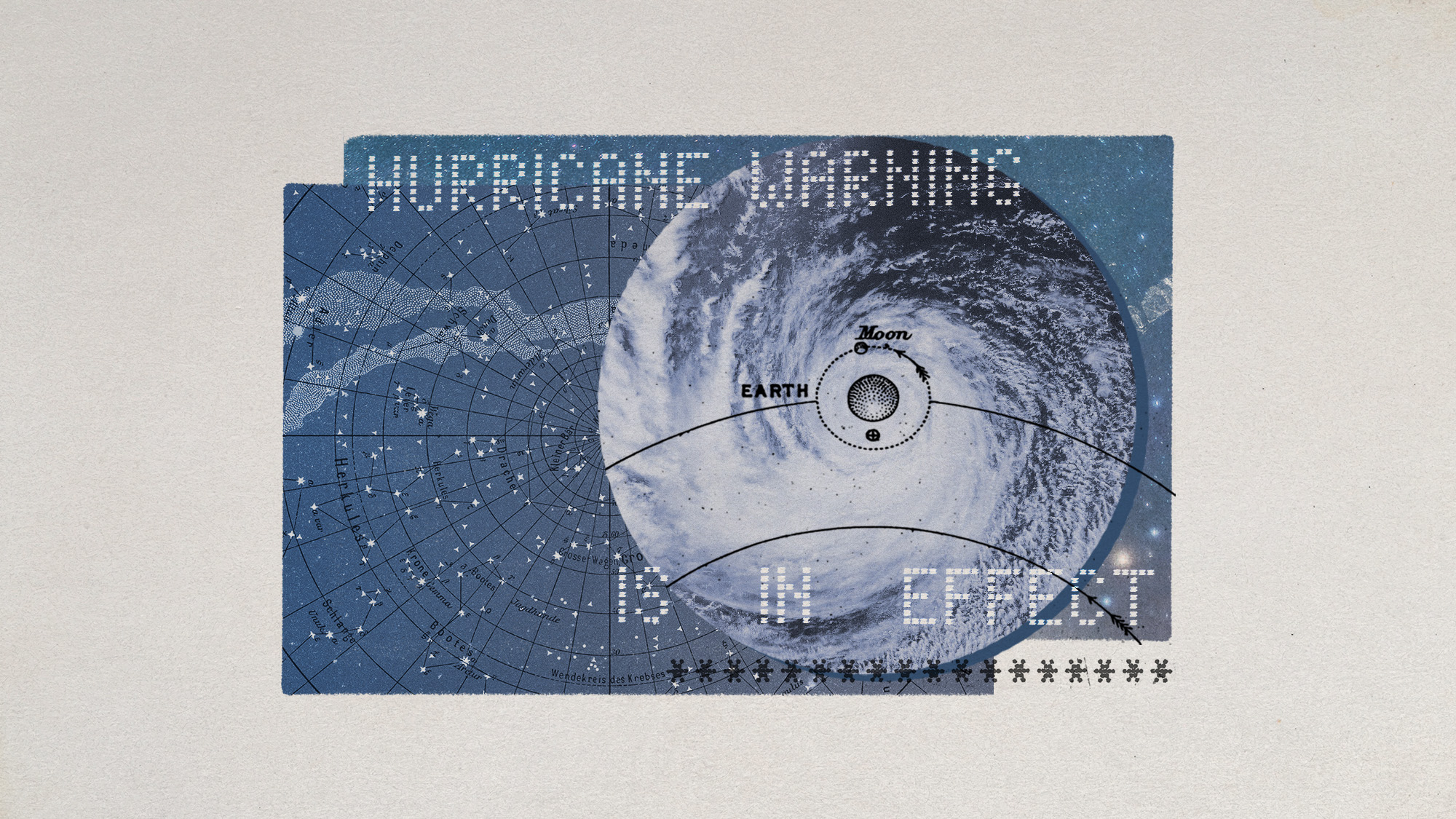 Hurricanes are not exclusive to Earth. They can happen in space.
Hurricanes are not exclusive to Earth. They can happen in space.Under the radar These storms may cause navigational problems
-
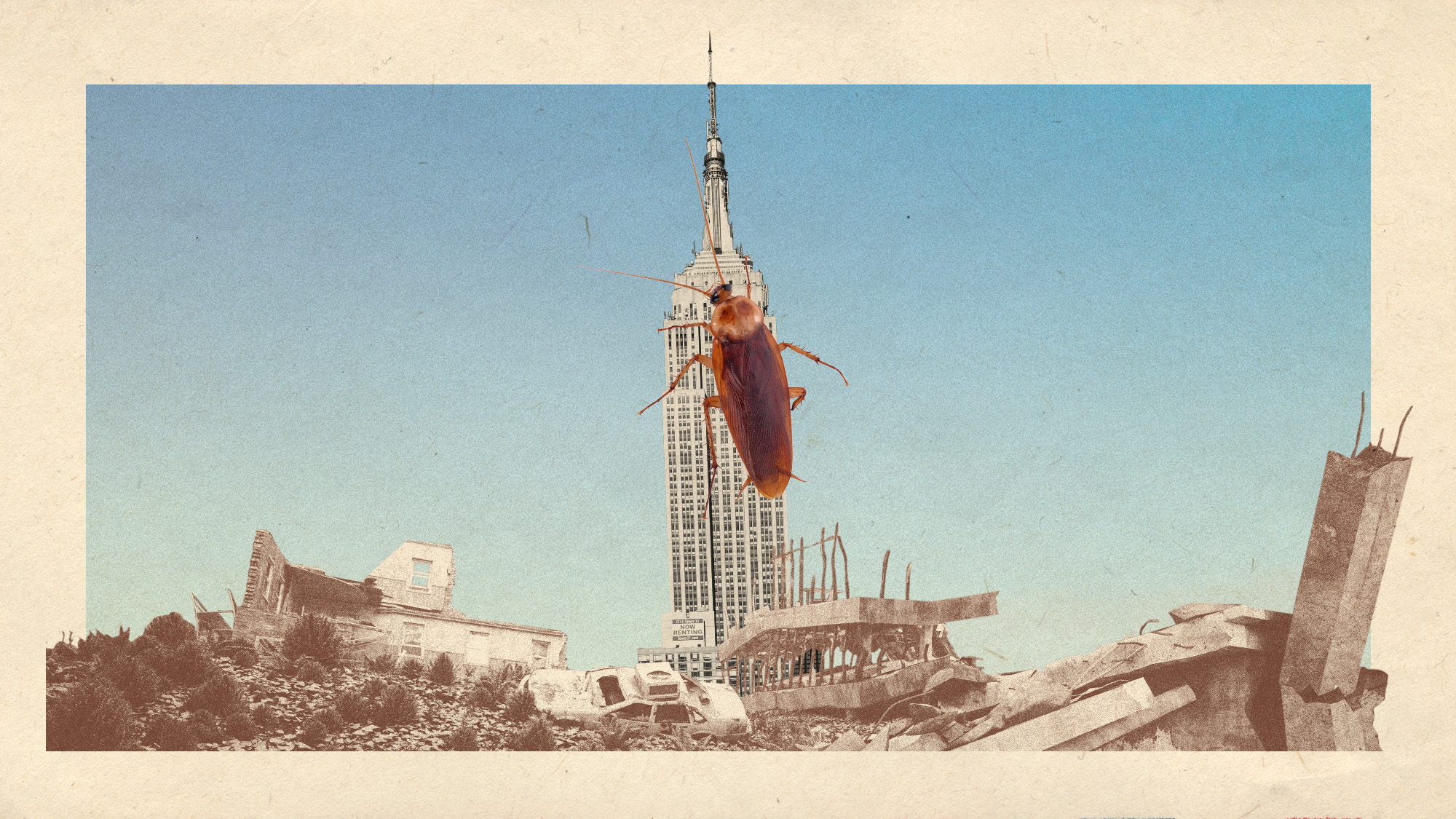 What would happen to Earth if humans went extinct?
What would happen to Earth if humans went extinct?The Explainer Human extinction could potentially give rise to new species and climates
